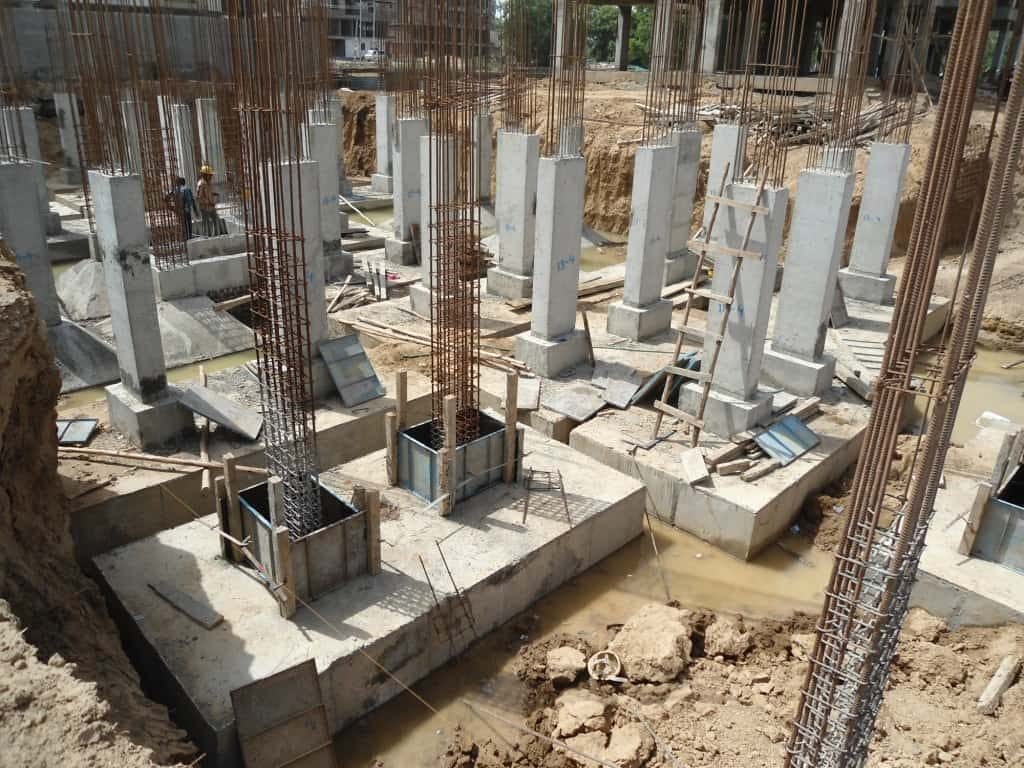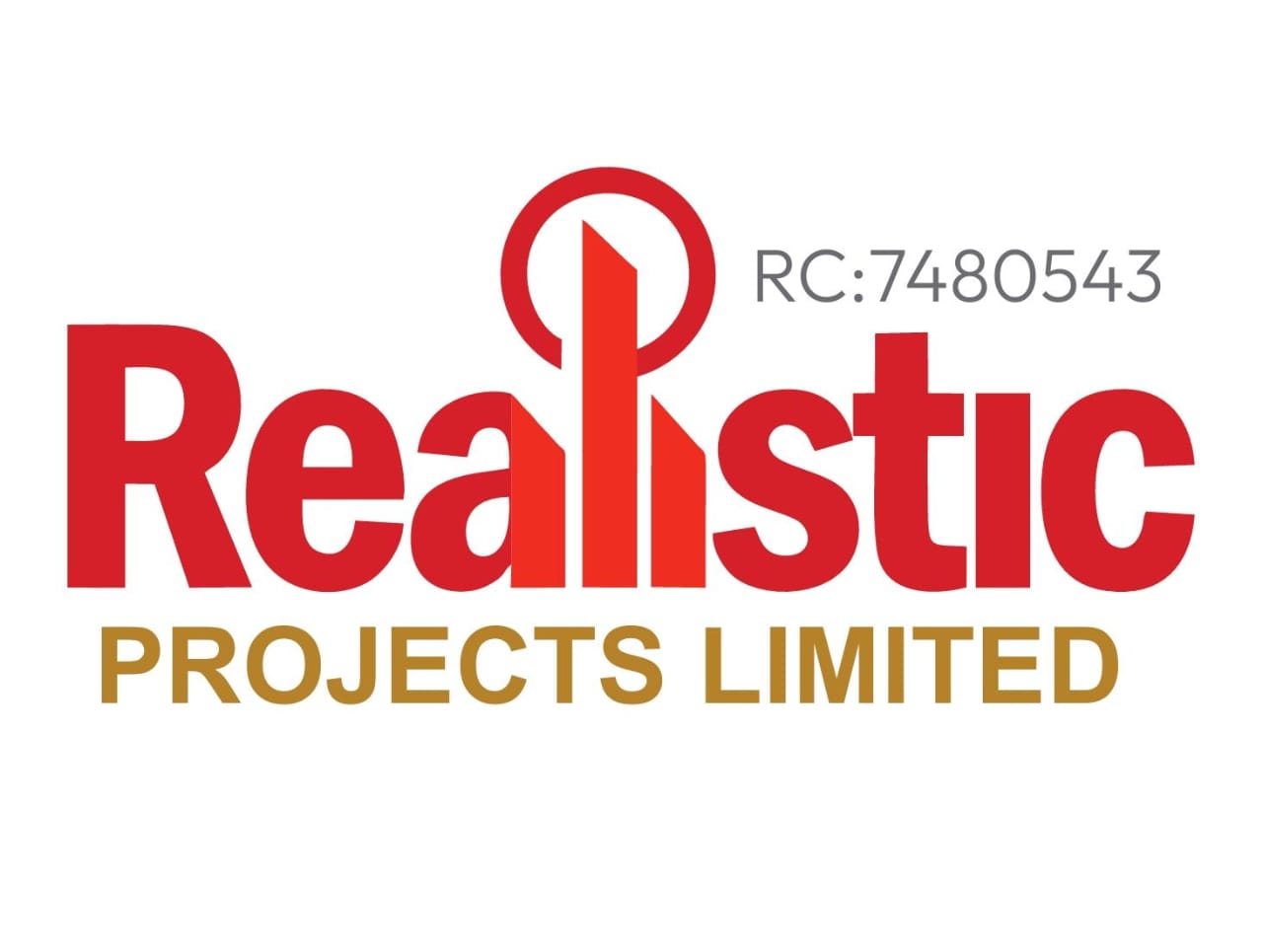In the construction industry, where every beam, brick, and scaffold adds to a larger structure, safety is the bedrock upon which every project stands. Beyond blueprints and schedules, a culture of safety is what ensures every worker returns home safely at the end of the day.

Construction safety isn’t just a legal requirement; it’s an essential commitment to the well-being of every person on-site. Despite advancements in technology, construction remains a high-risk industry. Heavy machinery, elevated work areas, and ever-changing environments contribute to the hazards workers face daily. However, with strong safety practices, strict adherence to regulations, and effective training, construction sites can be transformed into safe and productive spaces. Let’s delve into the key best practices, regulatory guidelines, and safety protocols that form the pillars of construction safety.
1. Prioritize Personal Protective Equipment (PPE)
PPE is the first line of defense for construction workers. Helmets, gloves, safety glasses, high-visibility clothing, ear protection, and steel-toed boots are essential for protecting workers from common hazards. Each construction site has unique risks, so it’s important to ensure that PPE is tailored to those specific challenges. Ensuring PPE is readily available, properly fitted, and routinely inspected is a fundamental part of construction safety.
- Best Practice: Hold daily “toolbox talks” to review and ensure proper use of PPE for the specific tasks of the day.
- Protocol: Workers should be trained to identify faulty or damaged PPE and replace it immediately to prevent accidents.
2. Conduct Regular Safety Training
Training is an ongoing necessity in construction. As projects evolve, so do the risks and requirements. Comprehensive safety training should cover a range of topics, including fall protection, equipment handling, emergency procedures, and hazard recognition. New hires should receive initial training, while all workers should attend refresher courses periodically.
- Best Practice: Use hands-on demonstrations and real-life scenarios in training to make it engaging and memorable.
- Regulation: OSHA (Occupational Safety and Health Administration) mandates certain training protocols and certifications for specific roles, ensuring that workers are prepared to handle their responsibilities safely.
3. Implement Fall Protection Measures
Falls are among the leading causes of injuries and fatalities in construction. Proper fall protection includes guardrails, safety nets, and harness systems. For elevated work, it’s crucial to install temporary fall protection measures that are regularly inspected.
- Best Practice: Use harnesses for any work at heights above six feet and conduct a fall hazard assessment on every elevated area before starting work.
- Protocol: Ensure all equipment, such as harnesses and lanyards, is properly stored and maintained to avoid wear and tear that could lead to failure.
4. Adhere to Equipment Safety Standards
Heavy machinery, from cranes to bulldozers, requires trained operators and regular maintenance. Unsafe equipment or untrained operators can lead to catastrophic accidents. Make sure that all machinery is inspected daily and that operators are certified.
- Best Practice: Create a daily equipment checklist for operators to complete before using any machinery.
- Regulation: OSHA has strict guidelines on equipment maintenance, inspection, and operator certification to prevent accidents on-site.
5. Enforce Site Cleanliness and Organization
A cluttered site isn’t just unprofessional—it’s dangerous. Loose debris, tools left lying around, and obstructed walkways can lead to trips, falls, and other accidents. Keeping the site organized helps minimize hazards and enhances productivity.
- Best Practice: Designate specific areas for tools, materials, and waste, and enforce a “clean as you go” policy.
- Protocol: Supervisors should conduct regular site inspections to ensure cleanliness and identify any potential tripping hazards.
6. Prepare for Emergencies
In any construction project, there’s always a chance that something unexpected might happen. Preparedness is key to minimizing the impact of emergencies, whether it’s a fire, chemical spill, or equipment malfunction. Every site should have an emergency response plan in place, and all workers should know what to do in the event of an emergency.
- Best Practice: Conduct regular emergency drills so that every worker knows the evacuation routes and emergency procedures.
- Regulation: Compliance with OSHA’s Emergency Action Plan (EAP) requirements ensures that every worker is aware of emergency exits, first aid stations, and the emergency response chain of command.
7. Monitor and Control Exposure to Hazardous Substances
Construction sites often contain hazardous materials like asbestos, lead, and silica. Workers who are exposed to these substances without proper precautions are at risk of long-term health issues. Monitoring air quality, ensuring adequate ventilation, and using protective gear are critical to managing these risks.
- Best Practice: Implement an air quality monitoring system for sites where hazardous materials are present, and provide appropriate respiratory protection.
- Protocol: Adhere to OSHA’s Hazard Communication Standard, which requires employers to inform workers about hazardous chemicals and train them on safe handling procedures.
8. Establish a Culture of Reporting and Accountability
Creating a culture where workers feel empowered to report hazards without fear of reprisal is essential. A strong safety culture depends on transparent communication and a shared commitment to safety at every level, from site managers to workers.
- Best Practice: Encourage “near-miss” reporting to identify potential hazards before they lead to an incident.
- Protocol: Implement a clear reporting process and ensure all incidents and near-misses are documented, investigated, and addressed promptly.
Conclusion: Building a Culture of Safety
At the heart of every successful construction project is a commitment to safety. When construction companies prioritize worker safety, they not only prevent accidents but also boost morale, increase productivity, and enhance their reputation. Safety isn’t just a checkbox on a list; it’s an ongoing effort that requires vigilance, education, and teamwork.
In the fast-paced world of construction, safety must be built into the foundation of every project. By following these best practices, regulations, and protocols, we can create safer worksites and build a brighter future, brick by brick.
At Realistic Projects, we’re committed to building safely and responsibly. Contact us today to learn how our safety-first approach can bring your construction vision to life, or visit our website for more insights on our ongoing projects.




Leave a Reply